Despite its reputation—per Walter Benjamin—as the “capital of the 19th century,” Paris came a little late to underground mass transit: after London (1863), Budapest and Glasgow (1896), Boston (1897), and Vienna (1898), the City of Light opened its first stretch of subway on July 19, 1900, halfway through that year’s Exposition Universelle. Initially six miles long, Line No. 1 linked Paris’s eastern and western extremities. Today, as this new exhibition recounts, it is part of the French capital’s 124-mile-long underground and elevated Métropolitain network, which, if all goes according to plan, will be extended to a mammoth 250 miles between now and the 2030s.
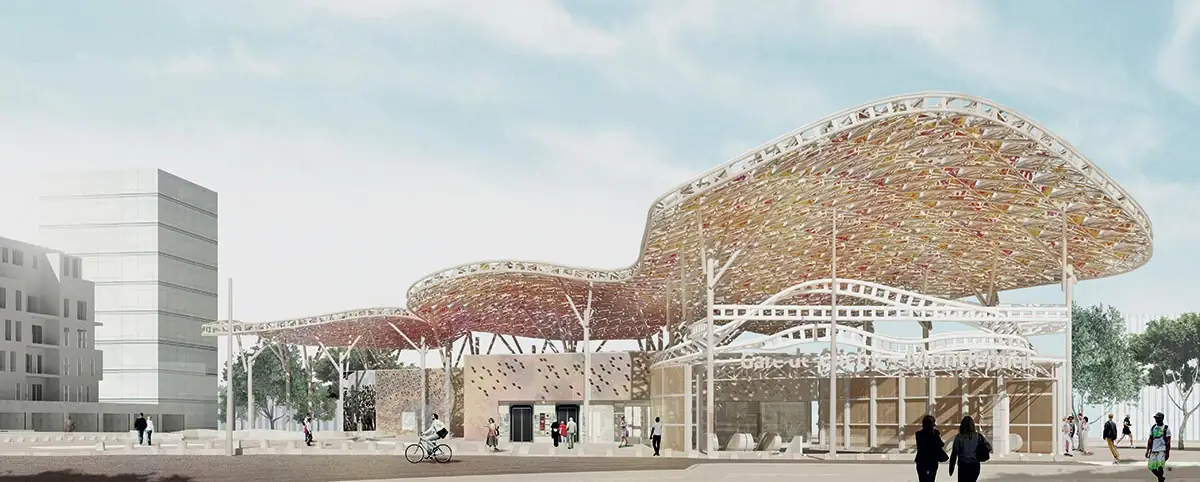
Rendering of the future Clichy-Montfermeil station by EMBT. Image © Miralles Tagliabue EMBT / Bordas+Peiro / Société du Grand Paris, click to enlarge.
Timed to coincide with the opening of the first new tracks—initially scheduled for late 2023, six stops on the extended Line 11 should come into service this spring—Métro! Le Grand Paris en mouvement traces the network’s history from the hand-dug tunnels of the 1890s to the automated boring machines of the 2020s. Coproduced by Paris’s Cité de l’Architecture et du Patrimoine and the Société du Grand Paris (the publicly owned company overseeing the $46 billion project), the show was co-curated by the Cité and architect Dominique Perrault, who is not only building one of the 68 new stations (Villejuif-Institut Gustave Roussy, due 2025), but was a member of the 2008 think tank that advised President Sarkozy on the future of the greater-Paris region. In the wake of that consultation, the government launched the Grand Paris Express, as the suburban Métro expansion is known, in 2011.
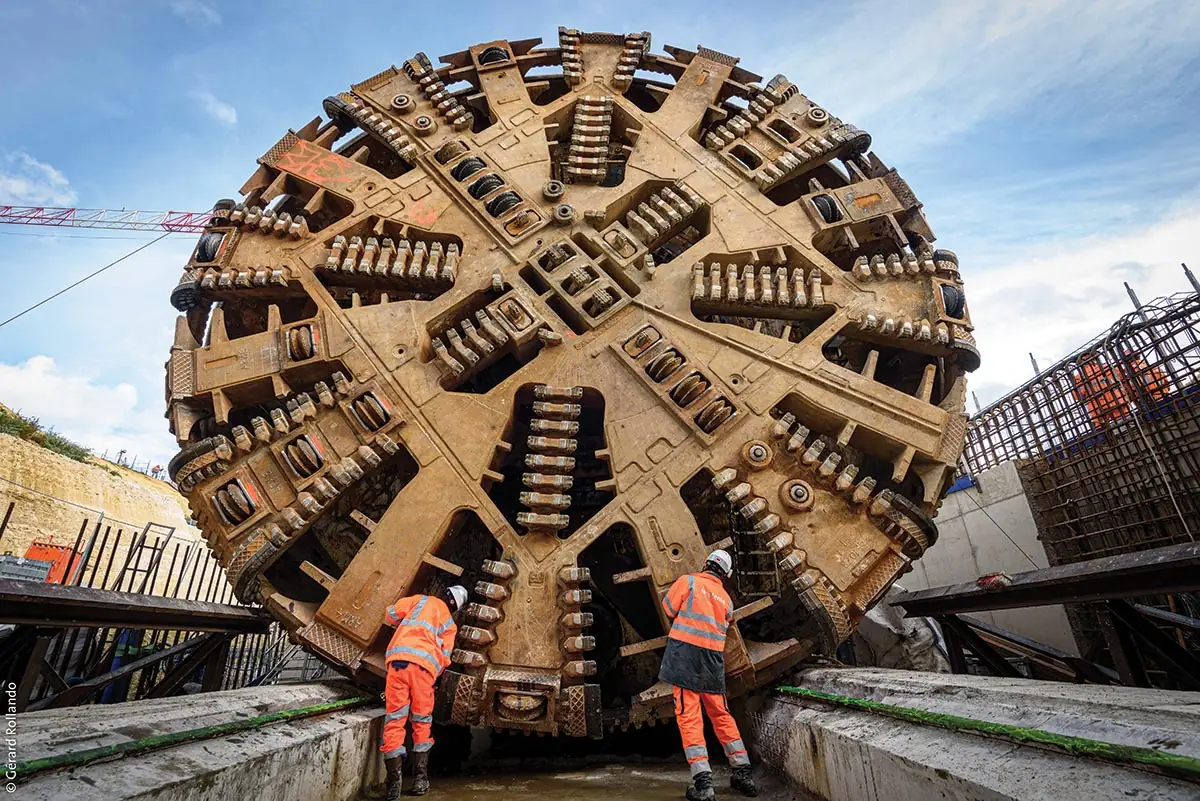
Installation of a tunnel-boring machine at the Triangle de Gonesse station on Line 17. Photo © Gérard Rollando
Before you even enter the Cité’s galleries, the scale is set: on the square outside, overlooking the Eiffel Tower, a 33-foot-diameter tunnel-cutter wheel rises menacingly into the sky. Footage of today’s boring activities then engulfs us in the first room, after which we step back 140 years to the Métro’s beginnings, when Paris’s public transport was still a horse-drawn affair. This first section of the show, which recounts the planning and construction of the historic network, is by far the more compelling, with its oil paintings of heroic engineering efforts, scale models (such as the fiendishly complex Opéra station), fragments of historic subway cars, drawings by Hector Guimard of his alien-eyed entrances, excerpts from the Métro’s many movie appearances, not to mention an 1886 caricature titled The Embellishment of Paris by the Métropolitain, which shows a feminine personification of the city spewing steam trains from her mouth and ears.
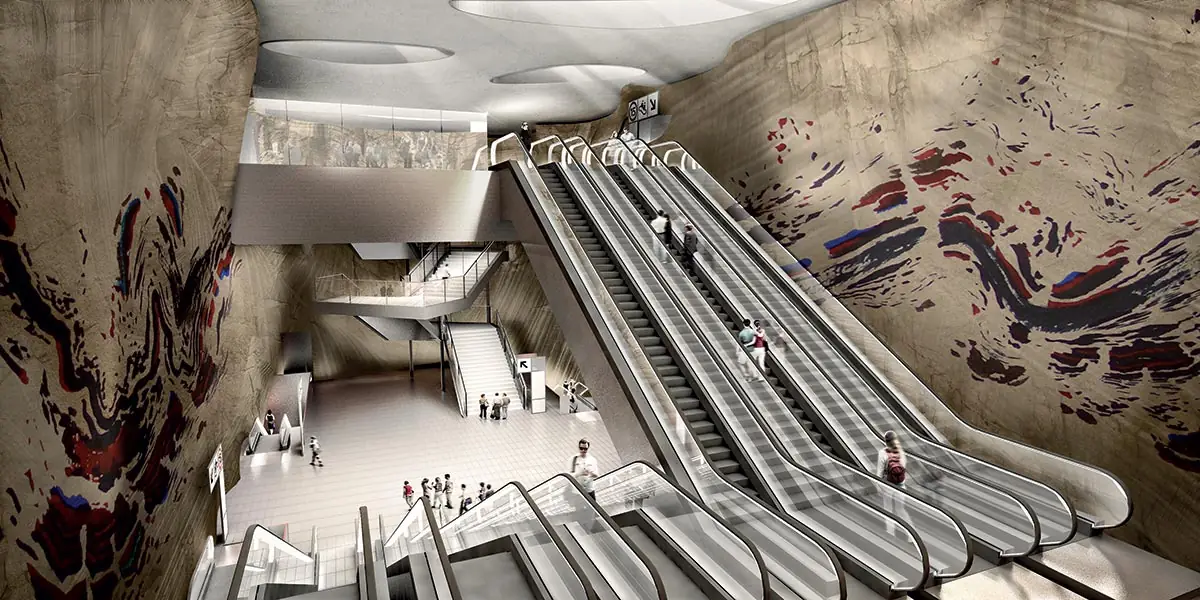
Rendering of the future Vitry-sur-Seine Town Hall station by Atelier King Kong. Image © Abdelkader Benchamma / Frédéric Neau / Société du Grand Paris
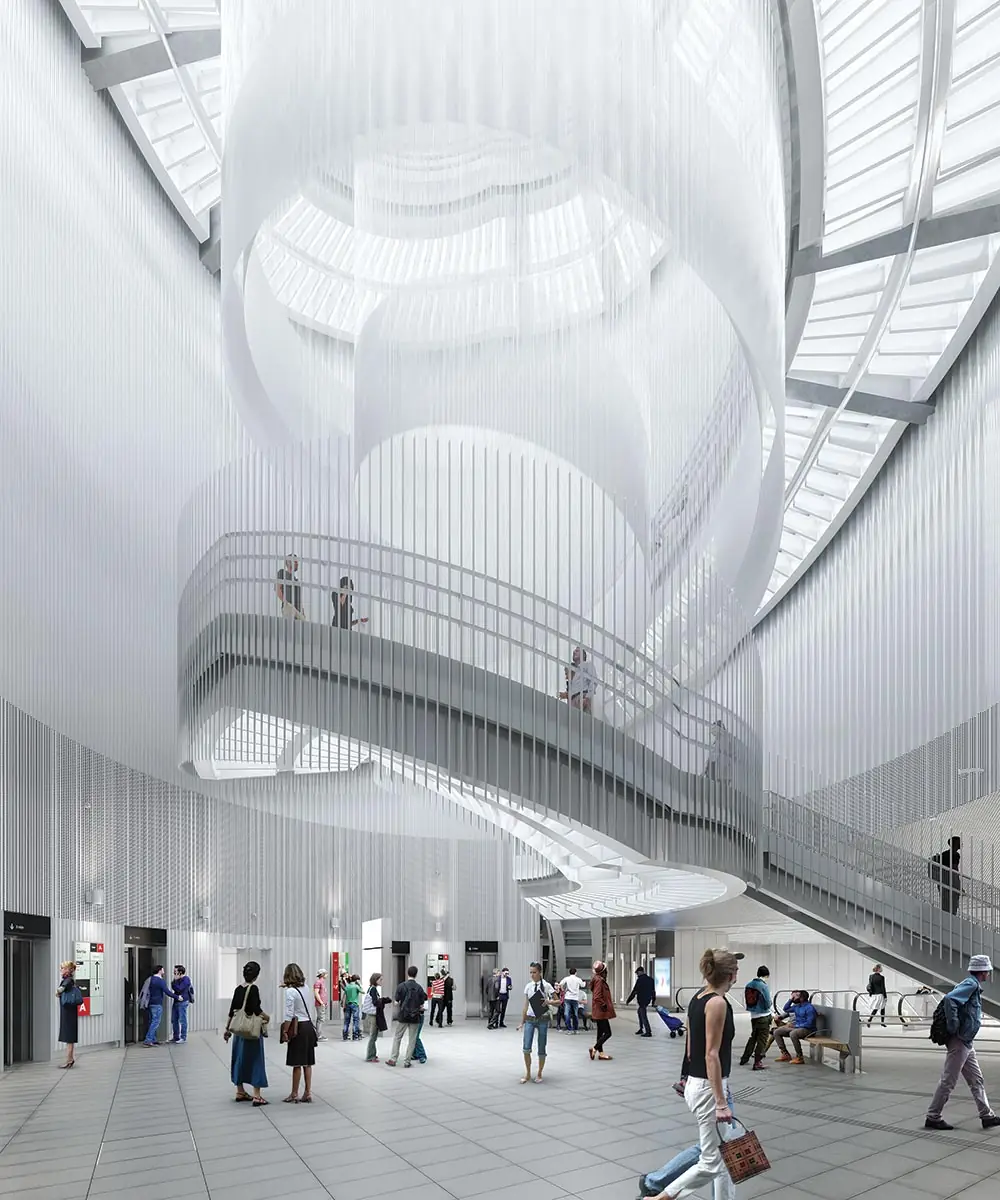
The proposed Saint-Maur–Créteil station (Line 15), by ANMA Architectes Urbanistes. Image © Susanna Fritscher / Cyril Trétout / Société du Grand Paris
Where the first section was the work of professional curators, the second, which deals with the Grand Paris Express, was organized by Perrault and the Cité’s director of architectural creation, Francis Rambert. Though the content is physically similar—scale models and digital renderings of 16 of the new stations, details of the public artworks that will adorn them, life-size mockups of seating and signage—this half is confusing to negotiate and smacks of a marketing exercise. Among the architects featured are BIG, Kengo Kuma, and Benedetta Tagliabue, but by this time visitor fatigue has set in to the point that even Prune Nourry’s army of earth mothers, chosen to decorate Kuma’s Saint-Denis Pleyel station (due 2024), fails to wrest a smile. French speakers can continue the journey at home in the richly illustrated catalogue, whose essays and interviews explore the enormous ramifications—ecological, environmental, sociological, cultural, and political—of what is currently Europe’s largest civil-engineering endeavor.



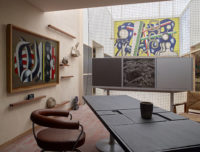
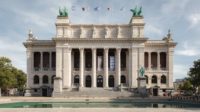
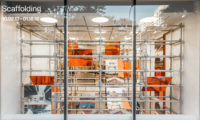
Post a comment to this article
Report Abusive Comment